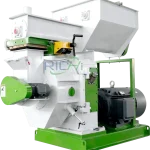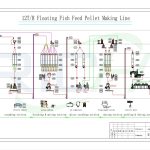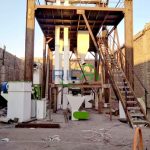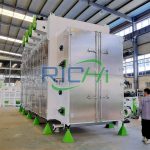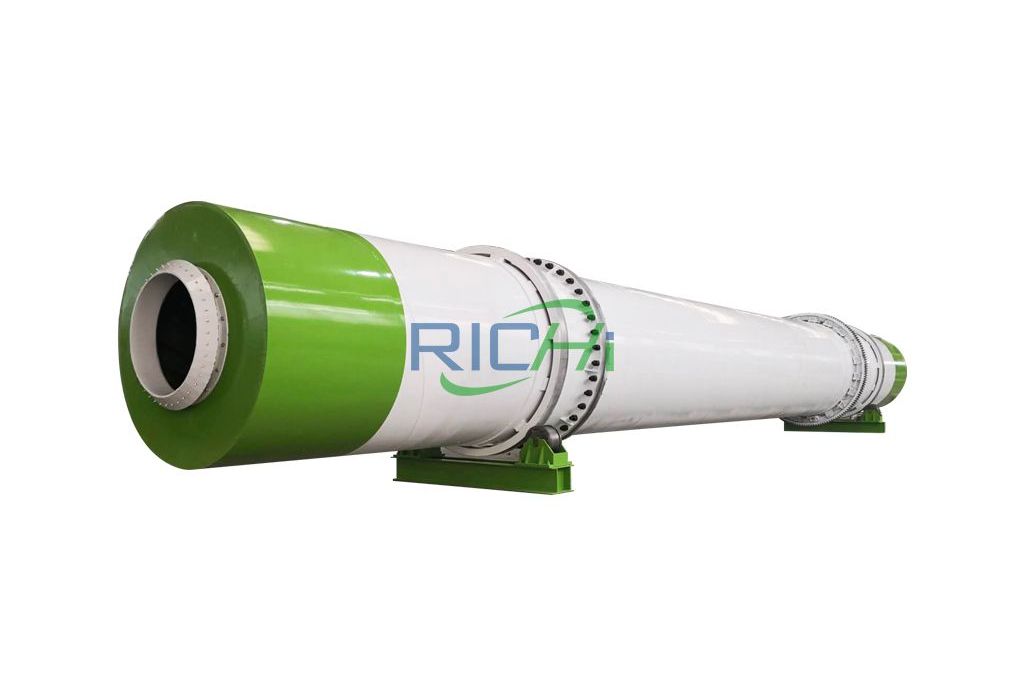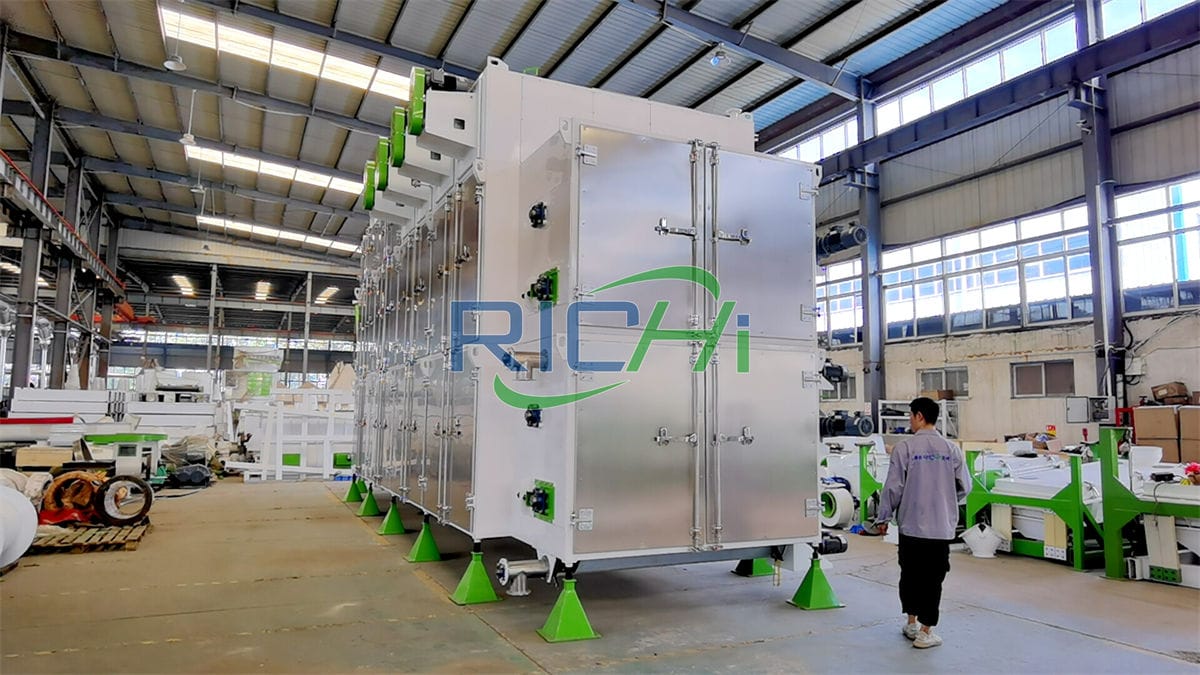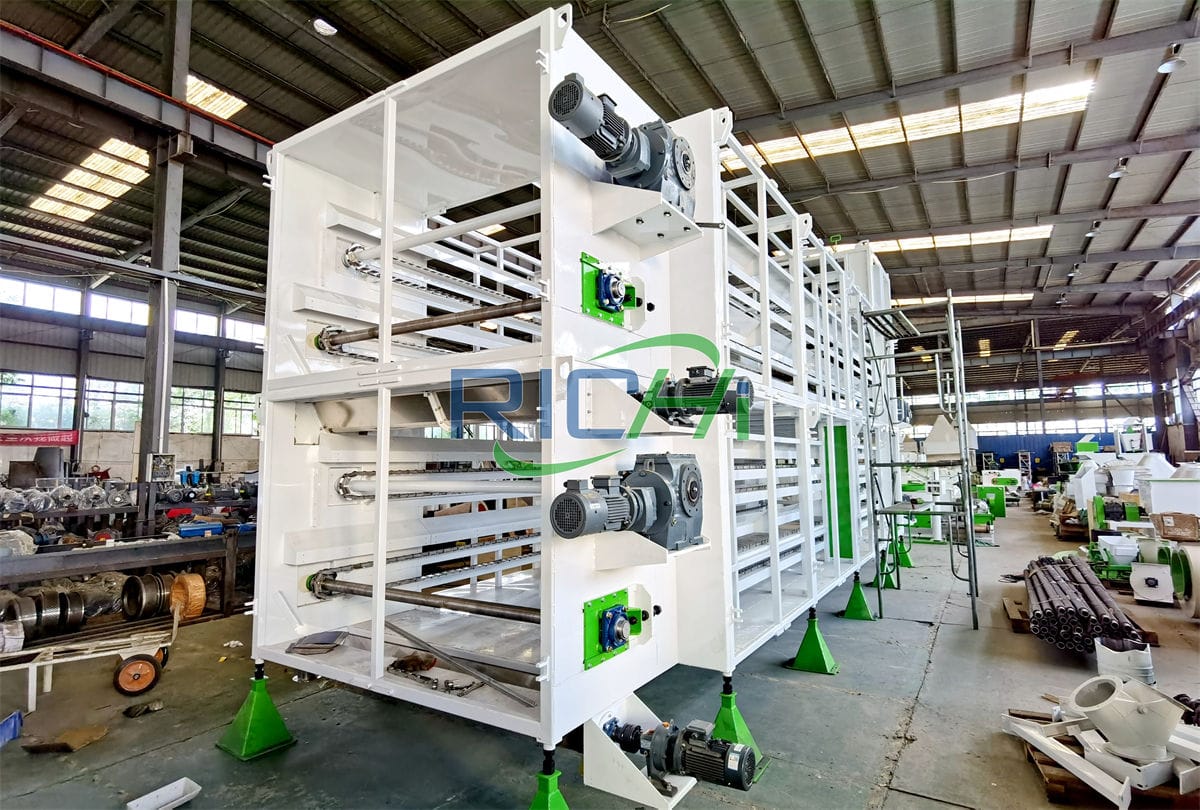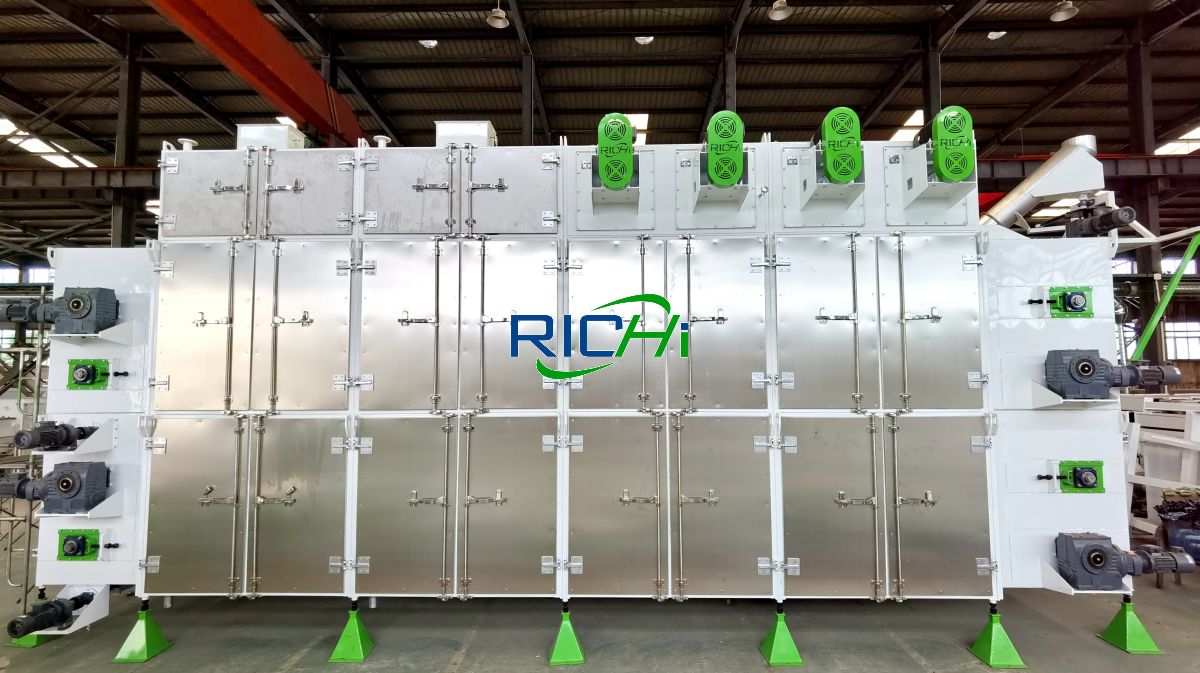In the ever-evolving landscape of sustainable energy production and biomass utilization, wood chips have emerged as a valuable and renewable resource. However, to effectively harness the energy potential of wood chips, they must undergo a drying process to reduce their moisture content to optimal levels. This is where wood chip dryers play a crucial role, enabling efficient and consistent drying of wood chips for various applications, including biomass boilers, pellet production, and other industrial processes.
Wood chip dryers are complex and sophisticated pieces of equipment, designed to handle large volumes of material while ensuring precise temperature and moisture control. Proper maintenance of these dryers is essential to ensure their longevity, efficiency, and safe operation, ultimately contributing to the overall sustainability and profitability of your biomass processing operations.In this comprehensive guide, we’ll explore the essential aspects of wood chip dryer maintenance, providing practical tips and best practices to help you maximize the performance and lifespan of your equipment.
Understanding the Importance of Preventive Maintenance
Preventive maintenance is the cornerstone of any effective equipment maintenance program, and wood chip dryers are no exception. By proactively addressing potential issues before they escalate into major problems, preventive maintenance can significantly reduce downtime, minimize repair costs, and extend the overall lifespan of your wood chip dryer.Regular inspections, cleaning, lubrication, and component replacements are key elements of preventive maintenance. Adhering to the manufacturer’s recommended maintenance schedules and following industry best practices can help you identify and address potential issues early on, ensuring your dryer operates at peak efficiency and minimizing the risk of unexpected breakdowns.
Developing a Comprehensive Maintenance Plan
To effectively maintain your wood chip dryer, it’s essential to develop a comprehensive maintenance plan tailored to your specific equipment and operational requirements. This plan should include detailed schedules for routine inspections, cleaning, lubrication, and component replacements, as well as procedures for addressing potential issues and emergencies.Collaborate with the equipment manufacturer, experienced technicians, and industry experts to develop a maintenance plan that aligns with best practices and takes into account the unique operating conditions and challenges of your facility. Additionally, ensure that your maintenance plan complies with all relevant safety regulations and industry standards.
Routine Inspections and Cleaning
Regular inspections and cleaning are crucial for maintaining the optimal performance and longevity of your wood chip dryer. Develop a detailed inspection checklist that covers all critical components, including the drying chamber, burners, fans, conveyors, and material handling systems.During inspections, look for signs of wear, damage, or potential issues that may require immediate attention or future maintenance. Additionally, implement a rigorous cleaning schedule to remove accumulated dust, debris, and other contaminants that can interfere with the dryer’s operation and potentially cause premature wear or breakdowns.
Lubrication and Component Replacements
Proper lubrication is essential for reducing friction, minimizing wear, and ensuring smooth operation of your wood chip dryer’s moving parts. Follow the manufacturer’s recommendations for lubricant types, application intervals, and quantities to ensure optimal performance and component longevity.In addition to lubrication, regularly scheduled component replacements are crucial for maintaining the dryer’s efficiency and reliability. Components such as bearings, seals, and wear parts are subject to normal wear and tear and should be replaced according to the manufacturer’s guidelines or as needed based on inspections.
Monitoring and Troubleshooting
Effective monitoring and troubleshooting are key to identifying and addressing potential issues before they escalate into major problems. Implement a comprehensive monitoring system that tracks key performance indicators, such as drying temperatures, moisture levels, and energy consumption, to detect any deviations from normal operating parameters.
When issues arise, promptly investigate and troubleshoot the problem, following established procedures and consulting with experienced technicians or the equipment manufacturer as needed. Maintaining detailed records of maintenance activities, repairs, and troubleshooting efforts can help identify patterns and inform future maintenance strategies.
Safety Considerations
Safety should be a top priority when maintaining and operating wood chip dryers. Develop and implement comprehensive safety protocols that address potential hazards, such as high temperatures, fire risks, and exposure to dust or other airborne contaminants.
Ensure that all personnel involved in maintenance and operation are properly trained in safety procedures and equipped with appropriate personal protective equipment (PPE). Regularly inspect and maintain safety devices, such as fire suppression systems, emergency stops, and lockout/tagout systems, to ensure they are functioning correctly.
Energy Efficiency and Sustainability
Wood chip dryers are energy-intensive systems, and optimizing their energy efficiency is crucial for reducing operational costs and minimizing environmental impact. During maintenance activities, pay close attention to components and systems that directly impact energy consumption, such as burners, fans, and insulation.Consider implementing energy-saving measures, such as heat recovery systems or variable frequency drives, to improve the dryer’s overall efficiency.
Additionally, explore opportunities to integrate renewable energy sources, such as biomass boilers or solar thermal systems, to further reduce your reliance on fossil fuels and contribute to sustainable energy production.
Training and Documentation
Effective maintenance of wood chip dryers requires a skilled and knowledgeable workforce. Invest in comprehensive training programs for your maintenance personnel, covering topics such as dryer operation, troubleshooting, and safety protocols.Additionally, maintain detailed documentation, including manufacturer’s manuals, maintenance logs, and repair records. This documentation serves as a valuable resource for training new personnel and ensuring consistent maintenance practices across your organization.
Partnering with Experts and Manufacturers
While developing and implementing an effective maintenance program is crucial, it’s also important to recognize the value of partnering with experts and equipment manufacturers. Leverage the expertise of experienced technicians, industry consultants, and the manufacturer’s support team to ensure you are following best practices and staying up-to-date with the latest advancements in maintenance techniques and technologies.
Attend industry events, workshops, and training sessions to stay informed about emerging trends and best practices in wood chip drying and sustainable biomass processing.
By prioritizing preventive maintenance, developing a comprehensive maintenance plan, and adhering to best practices for inspections, cleaning, lubrication, and component replacements, you can ensure the optimal performance and longevity of your wood chip dryer.
Additionally, by emphasizing safety, energy efficiency, training, documentation, and collaboration with experts, you can create a culture of continuous improvement and maximize the sustainability and profitability of your biomass processing operations.Remember, proper maintenance is not just a cost – it’s an investment in the long-term success of your business, while also contributing to the broader goals of sustainable energy production and environmental stewardship.
Related post:https://www.richipelletmachine.com/straw-dryer/

